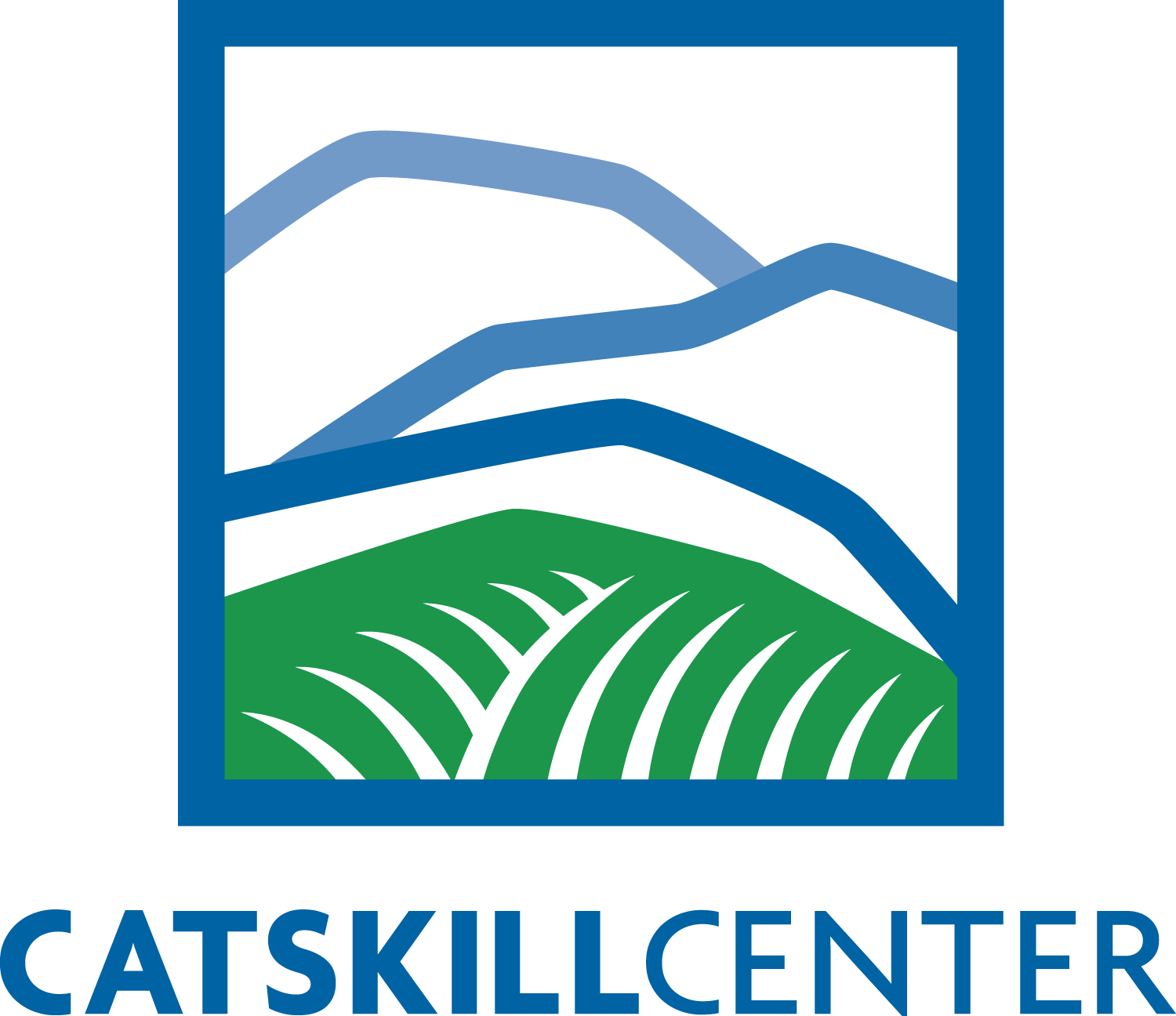The Age of the Sugar Maple
by Heather Phelps-Lipton
In early spring, when the days begin to lengthen and warm, but nights still freeze, the Catskills can seem to be one big maple fest. Sugar shacks billow steam from their pots of boiling sap, gravity-fed collection systems make the leafless sugar maple glades into works of art — the trees networked with bright blue tubing that run the maples’ water into downslope tanks, and the smell of hot pancakes is everywhere.
Sugaring served as a rite of spring for Native American tribes, who then shared the technique with early European settlers. Some say that maple syrup was served at the 1621 Plymouth Thanksgiving.
The sap of a birch can also be made into a syrup, but for flavor and volume, sugar maple is the primary source for sap collection. "Many trees don’t really give off sap or at least enough to collect," says Catskill Forest Association Director Ryan Trapani.
A black birch might take 100 gallons of sap to make 1 gallon of syrup, while sugar maple might be between 33 and 50. Continued evaporation results in maple cream and maple sugar.
New York State is a major source of maple products. According to The NYS Maple Producers Association, sugar bushing (the gathering of sap from sugar maples) brings an annual average of $25 to $40 million in maple product sales and maple-syrup tourism to the Catskill area.
The red maple is New York state’s most abundant tree, with sugar maple coming in a close second. Together they comprise a considerable portion of the Catskills’ hardwood forest and in autumn, provide the mountains with their shockingly vibrant hues.
Sugar maple leaves contain three pigments – xanthophyll, carotene, and anthocyanin — that color the trees’ foliage in fall. Sugar maple trees and leaves can be yellow, orange or red, or a combination of the three and the higher the content of sugar trapped in the leaves, the more brilliant the color.
A Catskill forest without maples seems beyond comprehension but unfortunately, multiple factors currently place the trees at risk.
The threat of Asian Longhorned Beetles, invasive earthworms, and historically high populations of deer feeding on maple saplings, combine with air pollution to make a maple-less future a terrible but likely possibility.
Asian Longhorned Beetle
Native to Asia, the Asian Longhorned Beetle (Anoplophora glabripennis) was first discovered in the US in 1996 on trees in Brooklyn. Asian Longhorned Beetle is a wood-boring insect and it is suspected that it was imported on wood pallets. Infestations have been found in Long Island, Manhattan and Queens. In 2008, a large number of Asian Longhorned Beetles were discovered in both urban and rural forests around Worcester, Massachusetts.
The larva bores into a tree and feeds on the living tissue that carries nutrients and the layer responsible for new growth under the bark. After several weeks, the larva tunnel into woody tissue of the tree. Infested trees do not recover. Once a tree shows evidence of the Asian LongHorn, there is no remedy; it must be cut.
"We must completely prevent the Asian Longhorned Beetle from getting to the Catskills. If it establishes here, it would be devastating to our forests", says Catskill Regional Invasive Species Partnership Coordinator (CRISP) John Thompson.
Because the Asian Longhorned Beetle is moved from region to region on wood matter, it is now against the law to transport any non-kiln-dried wood, including firewood and wood chips more than 50 miles in New York State.
The leaves of the sugar maple are particularly nitrogen-rich and provide good forage for earthworms who find maple leaf litter highly palatable.
Thompson says, "Invasive varieties of earthworms, such as the Jumping Worm, are aggressive, breed at high rates, and survive at high densities, so they just kind of overwhelm the system and leave the soil void of nutrients." Thompson points out the worms’ eggs are moved in soils, compost and mulch.
"There’s really no good solution to avoid the worms, but one way to prevent them is to make your own compost and don’t move it.
"Another thing you can do is to buy bare root stock plants instead of plants sold in soil."
Worm eggs can also travel in the matter attached to the bottom of a hiker’s boot and Thompson recommends that boots and shoes should always be brushed clean of residual soil at the end of a walk or hike.
A recent Michigan Technological University study explains, "Sugar maples have a particular characteristic making them vulnerable to earthworms. Since ninety percent of their roots grow in the top few inches of soil, the trees rely on leaf litter to prevent this soil from drying out."
"With their litter gone, maples can slowly die of thirst."
Environmental stressors, such as acid rain, increase the maples vulnerability to stressors such as earthworms.
A 1991 New York Times article, Sugar Maples Sicken Under Acid Rain’s Pall, explains that, "sulfuric and nitrous gases from coal furnaces rise into the air, moving east with prevailing winds and falling to earth as acid rain. This acidic rainfall removes important nutrients from the soil and can also hinder photosynthesis."
The Clean Air Bill was passed in the 1990’s and placed controls on the discharge from coal-burning electricity producing plants. Since, air conditions have greatly improved, but rather than focusing on emissions from specific companies, proposed new rules take a regional approach to measuring air pollution levels.
According to Bill Wehrum, assistant administrator of EPA’s Office of Air and Radiation, the proposed changes in regulations will "reduce the regulatory burden for industries and states."
Final regulations have not yet been announced and the topic continues to be under heated political debate.
-HPL
CRISP’s mission is to promote education, prevention, early detection and control of invasive species to limit their impact on the ecosystems and economies of the Catskills. It is a program of the Catskill Center.
From Catskills Magazine 20218 Spring
#benefitsofmembership



